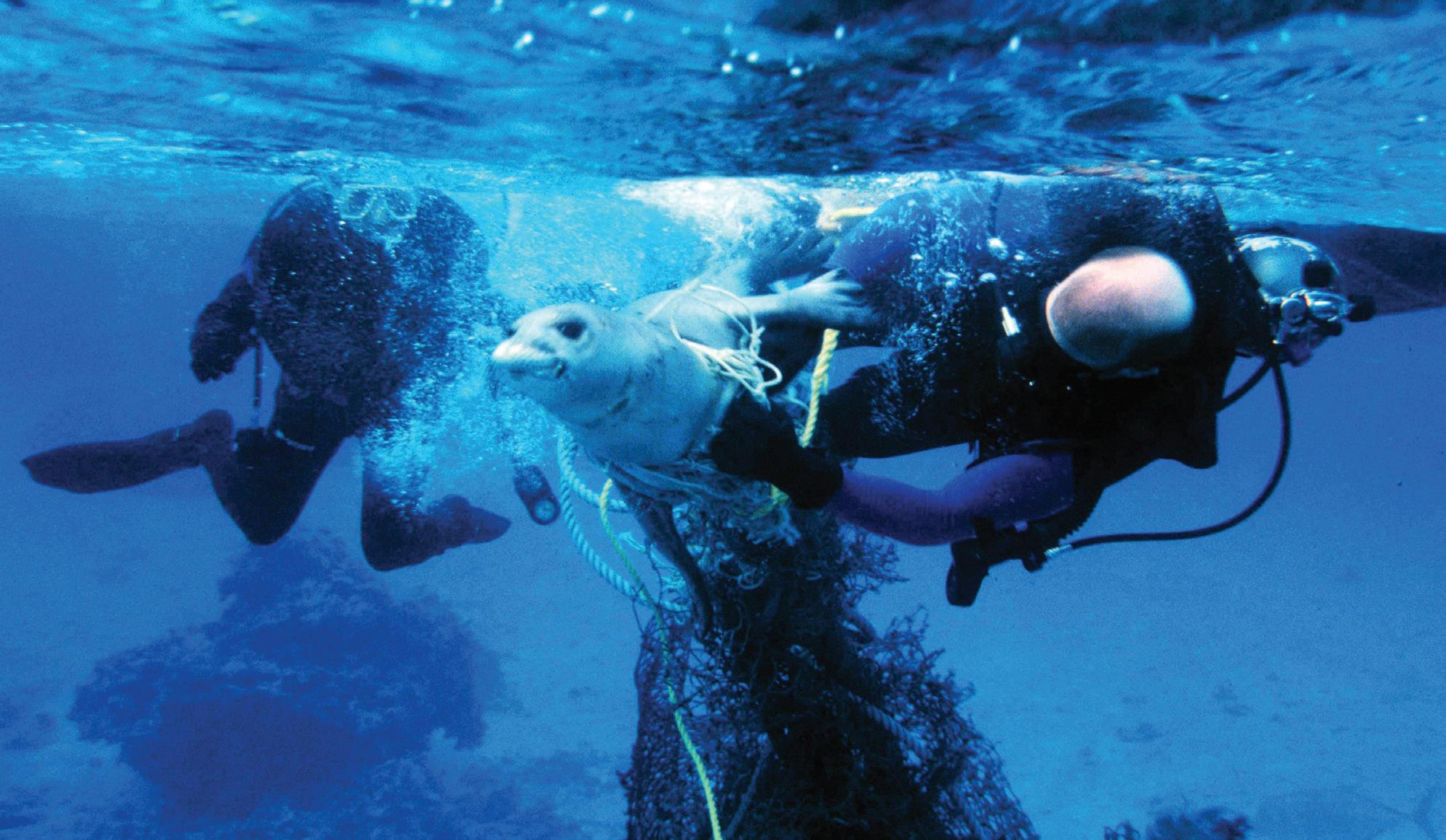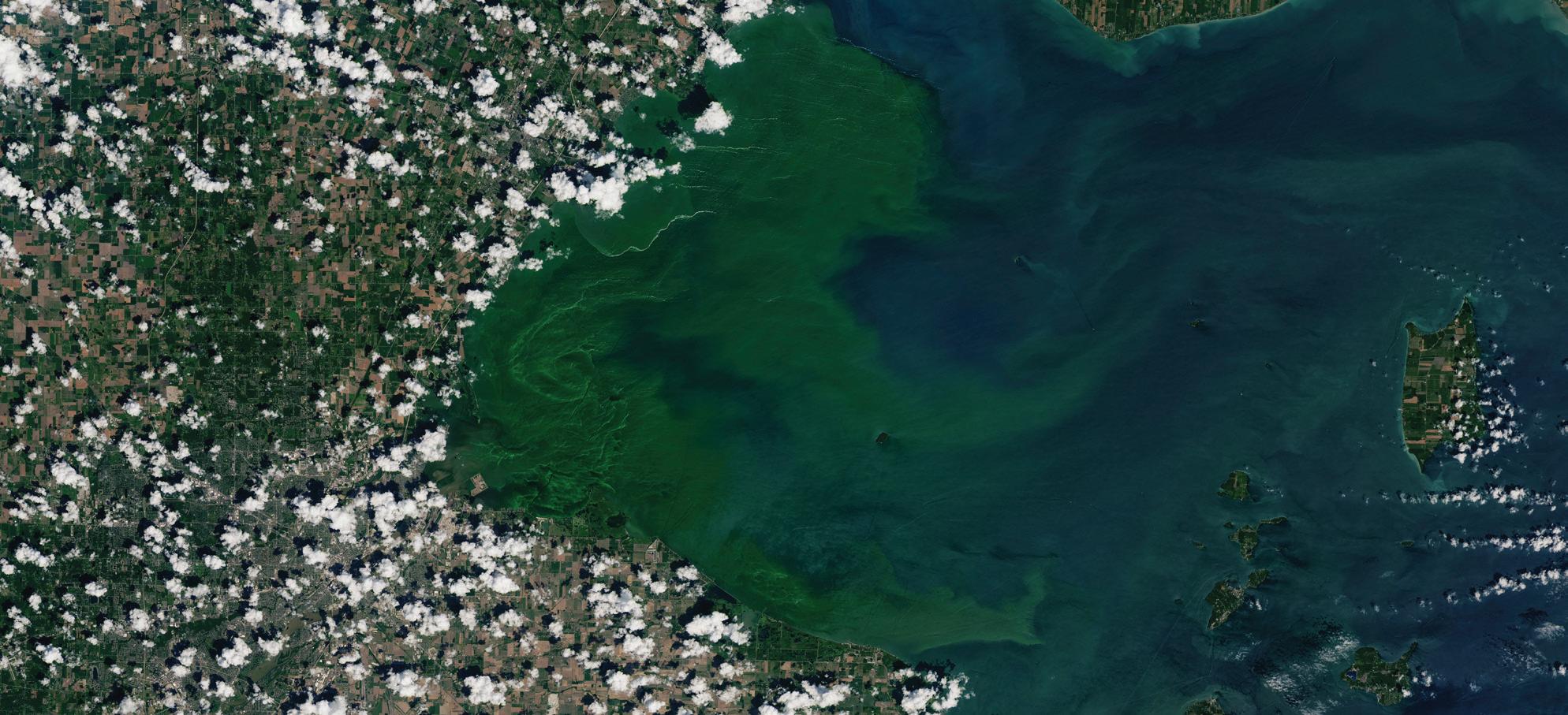International By Nature
0°
13 0°
14
NOAA’s Office of International Affairs spearheads global engagement that the agency’s work demands.
e R.
12
0°
Mackenzi
Great
Bear
Lake
A
PAULATUK
Am
un
ds
en
COPPERMINE ra
it
nd
St
S ou
in
on
V
Pr in
ce
Co ro na
Al b
l ph
U ni
er t
Do
tio n
D
G ulf
110°
By Eric Tegler
a nd
C
I
S
T
O
R
I
A
I
A
Gu lf
au
M n
Qu ee
A
Stra it c
M
.
C
R
C
I N
L
C K T O
C H A N N
PRINCE OF WALES I
Franklin Strait
B O O T H I A P E N I N S U L A
Pee
S O M E R S E
I S L A
200
90°W
G
u
o
l f
f
B
o
t h
o
i a
Pr
in ce
R eg
en
BRODEUR PE NINSUL
t
A
200
Roes Welc ome Soun d
ME
LVI
LLE
SOUTHHAMPTON
PENINSULA
D
ISLAND
L
Fo
xe
A
Ch an ne l
N
BYLO
0
20
0
FOXE
S
50
1000
BASIN
I
1500
A
F
F
I
N
B
B nd S ou d rl an
I
T
m be
T
R
A
Cu
S
200
200
S
IS
200
D
I
V
A
D
500
°
T
IU
IM
SIS
F
0
20
500 1000
K
R
E
G
50
° 0
50
1000
0
500
50
1500
00
10
1500
K
O
N
R
E
D
E
R
IK
s VI
ST KY 00
10
40
°
G
Nunap Isua (Kap Farvel)
Constructed from an assemblage of digital and analog information, this map is a modern version of Sheet 5.17 of the General Bathymetric Chart of the Oceans (GEBCO) [Canadian Hydrographic Service, 1979].
Bathymetric and other information The information used in the construction of this map consisted of: historic and recent under-ice soundings collected by submarines of the United States and the United Kingdom; historic and recent observations collected by icebreakers and drifting ice stations; and information portrayed in published navigation and compilation charts. The locations of these data sets are shown in separate source distribution maps, while data contributors and relevant references are listed in this legend under "Data Contributions". Although extensive, in some areas the database of digital trackline and spot observations contained critical gaps that had to be augmented with information that was only available on paper maps and charts. In the central Arctic Ocean, original observations were augmented with contour information derived from a map published by the Russian Federation Navy [Head Department of Navigation and Oceanography et al., 1999]. Similarly, contours extracted from maps published by the Geological Society of America [Perry et al., 1986; Cherkis et al., 1991; Matishov et al., 1995] were used in Bering Strait and in the Barents and Kara Seas. On the continental shelf adjacent to Siberia, soundings were extracted from a suite of navigational charts published by the Russian Federation Navy, and used to develop contours. Bathymetry in the Gulf of Bothnia was derived from a compilation by Seifert and Kayser [1995]. Contours were extracted from the GEBCO Digital Atlas (GDA) [IOC, IHO, and BODC, 1997] to supplement the database in the southern Norwegian-Greenland Seas, in Baffin Bay, and in some areas of the Canadian Arctic. Land relief was derived from the USGS GTOPO30 topographic model [U.S. Geological Survey, 1997], with the exception of Greenland, where the model developed by the Danish National Survey and Cadastre (KMS) was used [Ekholm, 1996], and Alaska, where release 1.1 of the GLOBE topographic model was used [GLOBE Task Team, 1999]. Coastline definition was provided by the World Vector Shoreline (WVS) in all areas except Greenland and northern Ellesmere Island, where an updated coastline was available from KMS.
Methods
2008
N
0
1000
50
F
Map Production
NOAA launches a seafood facts website: FishWatch.noaa.gov.
O
UK NU
NOAA completes the U.S. tsunami detection network after deploying the final two tsunami detection buoys in the South Pacific.
134
D
d
N 100°
k
60
NOAA provides its Earth observation data at no cost to users worldwide.
oria
in
Did You Know
ac
Vict
KING WILLIAM I
Original soundings were corrected for sound velocity using Carter's Tables, or CTD (Conductivity, Temperature and Depth) profiles where available. Subsequently, all data (digitized isobaths; land and marine relief grids; point, profile and swath observations; and vector shorelines) were imported into Intergraph's Geomedia Professional, with projection parameters set to polar stereographic on the WGS 84 ellipsoid, and with true scale at 75º N. Outliers, cross-track errors, and the fit between isobaths and original observation
2008
N
70°
You can think of OIA as a communicator and orchestrator for an agency that crosses many lines, from international boundaries to technical and scientific disciplines. Sometimes the lines are within the federal government. “We do quite a bit with the National Security Council, representing NOAA at various NSC meetings,” Karl-
B
80°
Cutting Across the Lines
son explained. Meetings with other federal entities whose work touches the international sphere are common as well. OIA also coordinates for the International Affairs Council, a council within NOAA that meets once a month to address administration policy, high level inter-agency, and national issues that affect NOAA. Sometimes the lines are broader policy. While NOAA takes its cues and direction from American political leadership, it has its own voice, self-direction, and priorities. The most important of these are reflected in NOAA’s 7-Year Roadmap for Research and Development. OIA’s directors and international affairs specialists provided input for the roadmap, and communicate its imperatives to other government agencies and the public at home and abroad. NOAA’s Research and Development Vision Areas for 2020-2026 include an emphasis on hazardous weather, ecosystem health and management, and data collection and modeling.
Bas
“Anything that is cross cutting or has implications for NOAA as a whole is where we typically operate,” Karlson said, “so that there are not too many [NOAA line offices] competing with one another.”
en uss Rasm
T
he atmosphere is global. Oceans are global. Weather is global. These fundamental elements of life on earth, as well as nearby space, are at the core of the work the National Oceanic and Atmospheric Administration does. They’re even in the agency’s name. “We have to be engaged internationally. We focus on issues that go beyond our border. NOAA is an international agency every bit as much as a domestic one,” said Dann Karlson, deputy director of NOAA’s Office of International Affairs (OIA). OIA works to demonstrate that engagement by enlisting agency partners around the world on a daily basis. It is also the point of contact between America’s political leadership and NOAA leadership. The Office advises the Under Secretary and other NOAA leadership elements on international policy issues. Input from NOAA’s line offices goes up the chain to the agency’s leadership via OIA, ensuring that its international engagement is consistent with U.S. foreign policy, and that U.S. foreign policy furthers NOAA’s goals as well.
L
data wer with sou
After ins (Generic process fitting a was exp discrepa for resid
Final vis dimensi renderin problem segmen
Grid Av
The grid of 2.5 x 2 These g preparat
Acknow
Numero U.S. Arc arranged Commit Neil Guy the U.S. Dick He Foundat Martin J Johnson the IBCA









































